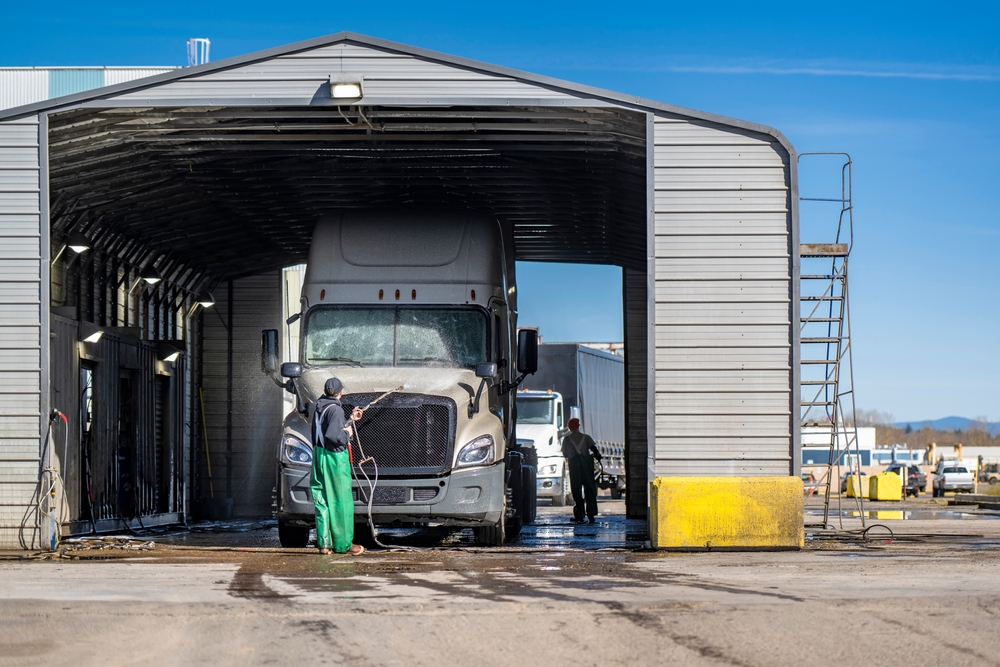
At the 2024 SelectUSA Investment Summit hosted by the U.S. Commerce Department, officials from Baltimore and Sacramento spotlighted new freight and logistics opportunities in their regions, emphasizing multimodal growth and the strategic importance of their ports.
Baltimore: Resilience and Opportunity After Crisis
Lakey Boyd, Chief Economic Officer of the Greater Baltimore Committee (GBC), emphasized the Port of Baltimore’s swift comeback following the Francis Scott Key Bridge collapse. She noted that the port could return to full operations within just four months, framing the rapid recovery as a testament to the region’s resilience and adaptability.
In 2024, the Port of Baltimore led the nation in handling roll-on/roll-off farm and construction equipment—848,628 tons in total—and remained a major player in vehicle imports, forest products, gypsum, salt, and exported coal. The port handled nearly 750,000 imported cars and light trucks, ranking second nationwide.
Maryland Governor Wes Moore praised port workers and reaffirmed the state’s commitment to growing the port’s impact through continued infrastructure investment. These investments aim to support job creation and attract more freight-driven business.
But recent tariff threats and sanctions have changed some operational dynamics. Boyd explained that international manufacturers are using the port’s foreign trade zones (FTZs) to store goods—especially agricultural machinery and vehicles—instead of paying steep U.S. tariffs. These FTZs allow goods to remain in international trade status, creating flexibility in managing costs and distribution.
Despite the challenge of tariffs, Boyd sees growth potential. “We’re actively looking for companies interested in taking advantage of our free trade zone,” she said, emphasizing the region’s readiness to support expanding supply chains.
Sacramento: A Cost-Effective Logistics Hub
On the West Coast, Barry Broome, president and CEO of the Greater Sacramento Economic Council, made the case for Sacramento as a logistics alternative to the costly San Francisco Bay Area.
“Reno is our biggest competition,” Broome said, noting that Sacramento’s costs are more aligned with mid-sized cities like Austin and Denver. The area is positioning itself as a prime hub for trucking, rail, and port-based logistics.
Sacramento’s location along major freight corridors—including Interstate 5, I-80, and U.S. Highway 50—provides direct access to national and north-south routes. The region also benefits from freight rail access through Union Pacific and BNSF and features the Port of West Sacramento, which includes bulk cargo handling and an FTZ.
Broome added that Sacramento is experiencing a rise in business activity across various sectors, including batteries, semiconductors, agriculture, biomedical, and niche food industries. With this growth, the demand for trucking and logistics services is expanding.
Together, the Port of Baltimore and Sacramento region are becoming increasingly attractive for freight distribution, intermodal investments, and logistics operations, especially as companies look for cost-effective and tariff-aware alternatives in uncertain global trade conditions.
Source:











Leave a Comment